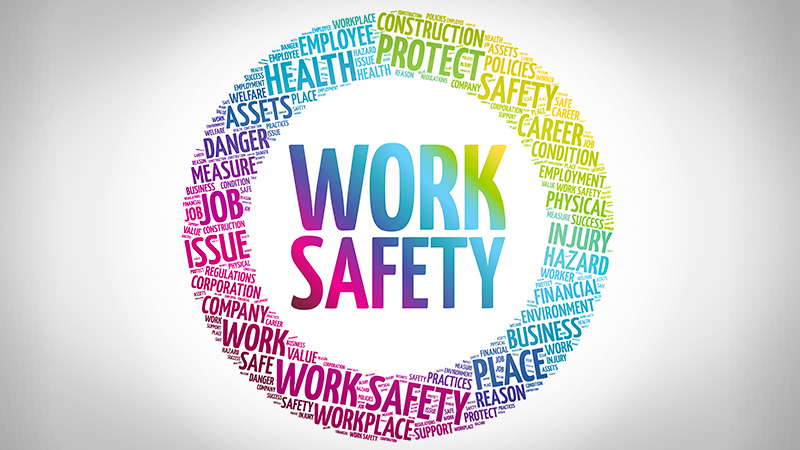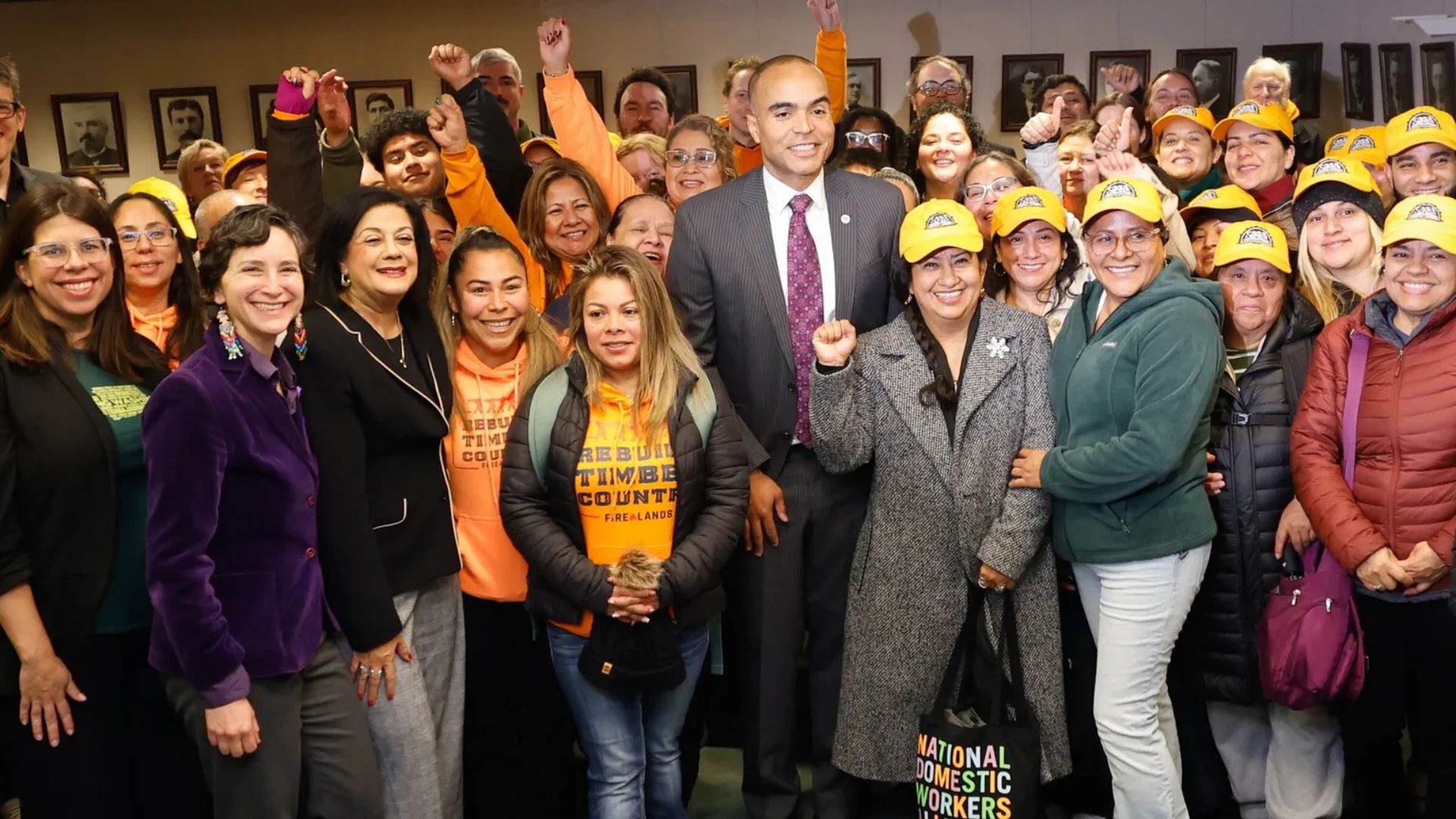
Safety is often referred to as a “priority,” not a value. Priorities can change in response to situational demands. When safety is a primary value, it becomes a natural way of performing a job instead of being a “priority.”
When we tell employees that safety is a priority and present them with the rules, policies, and procedures the business has established and then threaten the employees with write-ups, suspensions, or termination for ignoring them, we create an atmosphere of “we are the boss, and you will do as we say.”
We lose so much important information about weaknesses in our system because we shoot the messenger. Should we hold people accountable? Yes, absolutely, but rather than disciplining them for making mistakes, hold them responsible and task them with identifying the best way to prevent others from making similar mistakes.
Helping employees make safety a value takes work, but it can be done, especially when it isn’t presented as a threat. Making safety a personal issue for the employee is often a successful tact. Help the employee see how their actions could affect the safety of others.
By making safety personal, it becomes a core value. And when all levels of the company practice what is preached, we can make safety a positive issue instead of a negative one.
There are several good videos on this topic in RS SafetyTV.
Our safety team is available to help members improve their safety program beyond compliance with quality safety practices. Contact us at [email protected] to learn more.

